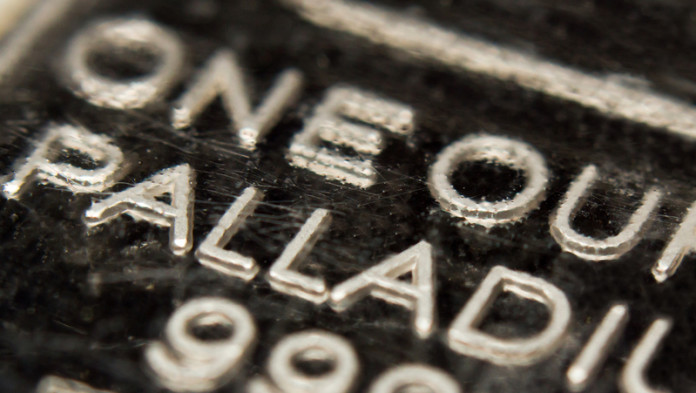
IMPALA Platinum (Implats) CEO, Nico Muller, said the market ought not expect merger and acquisition activity from his company in the short term, but he thought it could eventually play a role in growing refining capacity in Zimbabwe.
Muller also said the Waterberg Joint Venture, a large palladium-rich project in the northern-most part of South Africa’s Bushveld Complex, rich in platinum group metals (PGMs), remained a strategic ace the company could play.
Timing seems to be the common denominator to both investments.
Zimplats, in which Implats has an 87% stake, is increasing mining capacity 14% – some 40,000 tons of ore per month – from 2022. The additional concentrate from the expansion would ordinarily justify an increase in refining capacity.
However, Zimbabwe’s delicate political position was “not ideal” to investment, Muller said. “We would be cautious to invest growth capital in Zimbabwe. It would have to be at the right time.”
The presidency of Emmerson Mnangagwe is running out of rope following the 2017 ouster of the late dictator, Robert Mugabe. The so-called Paris Club of nations, which is owed $3.26bn by Zimbabwe, recently rejected a plea for more funds, especially as Mnangagwe’s civil rights record is questionable. Food and fuel and other supply shortages, meanwhile, are chronic in Zimbabwe.
Assuming a far improved socio-economic position, however, Implats could potentially “… play a role by providing shared processing potential in concentrate or refinery capacity. But it would be a long-term ambition,” he said.
The outlook for the Waterberg Joint Venture, in which Implats has a 15% stake, however, sounded sunnier. According to Muller, Implats would be a supportive joint venture partner in the project after turning down an option earlier this year to extend its stake to a 50% controlling role.
The project has been scoped for first production of some 420,000 ounces a year of PGMs from 2023 following investment of as much as $617m. Those timelines wouldn’t apply now, but Muller suggested in response to an analyst question today that the project may have a strategic fit.
He said it was “… exactly the kind of project that we would have been interested in” because “it ticks a lot of strategic objectives” related to mechanisable orebody, and dominance in palladium. The negatives were its long-lead time and scope that would create for market shifts.
But then he said: “To the extent long-term demand is secured, and that our own balance sheet improves, we will participate in the project. If conditions change in the future, which we think they will, we will be happy to participate,” he said.











